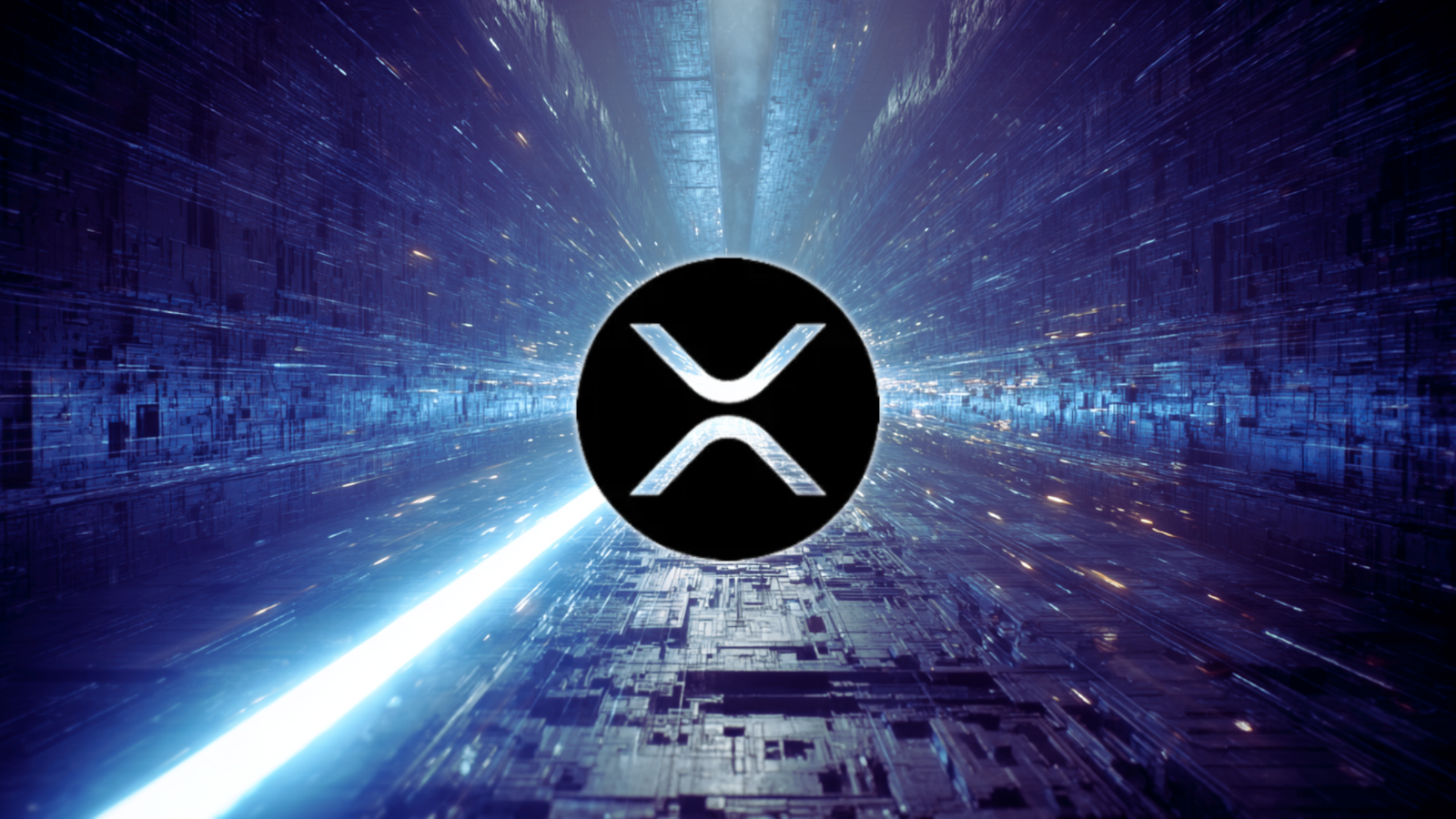Coinbase is now two companies in one. On one side: a retail exchange still tethered to the boom-bust cycles of crypto speculation. On the other: an institutional behemoth safeguarding more than $245 billion in assets.
The split is clear in its second-quarter numbers. Retail trading remains under pressure—adjusted net income was just $33 million, underscoring the fragility of a business model built on retail volume. Meanwhile, the firm’s institutional division has become its economic anchor.
Coinbase now custodies over 80% of all assets held in U.S. spot Bitcoin and Ethereum ETFs. Stablecoin-related services added $332 million in revenue last quarter, part of a broader $656 million subscription and services line that is now critical to the company’s cash flow.
A Strategy That Starts With Infrastructure
With that base secured, Coinbase is turning outward. The company is executing an aggressive expansion strategy aimed squarely at the territory of traditional finance.
The first phase focuses on infrastructure: integrating access to decentralized exchanges to open up a wider universe of tokenized assets. Next is derivatives—underscored by a planned acquisition of Deribit, the world’s largest crypto options exchange.
The most ambitious step is bringing tokenized equities and traditional financial instruments onto the platform. Supporting it all is Coinbase’s Layer 2 blockchain, Base, which is already seeing adoption from institutional players like J.P. Morgan and enterprise platforms like Shopify.
A Calculated Bet on Washington’s Shift
The timing is strategic. The push follows the recent passage of the GENIUS Act, the first U.S. federal legislation to codify rules for digital assets. After years of regulatory ambiguity, Coinbase appears to be betting that the policy environment is finally turning in its favor.
But scaling this strategy won’t be simple. Tokenizing traditional markets will demand new infrastructure, expanded compliance frameworks, and the ability to navigate entrenched financial incumbents—all while defending its existing stronghold in crypto custody.
The company’s growing conviction is visible in its balance sheet: it now holds $1.8 billion in crypto for investment. But confidence alone won’t determine whether it can reshape its retail model and scale into a more stable, multi-asset financial platform.
ChainStreet Takeaway
Coinbase is no longer just a crypto app—it’s a full-stack infrastructure provider, using institutional dominance to solve its most persistent retail problem. With Deribit, ETFs, and a maturing Layer 2 ecosystem, the company is positioning itself as a foundation layer for on-chain finance. The bet is clear. The next 18 months will determine whether it becomes a permanent fixture of the financial system—or just another cycle story.



